If you’re putting together a list of the most iconic cars ever made, the Porsche 911 is sure to rank really high on that list. Irrespective of whether you love the Porsche 911 or absolutely loathe it, you are bound to agree that it is one of the most successful sports car stories in the world.
It first went into production way back in 1963 and has stuck to the same rear-engine configuration ever since. Though it may look like not much has changed over the decades, the current generation 911 is a far cry from the first generation. In fact, it is one of the finest sports cars out there in terms of technology, performance, and handling abilities.
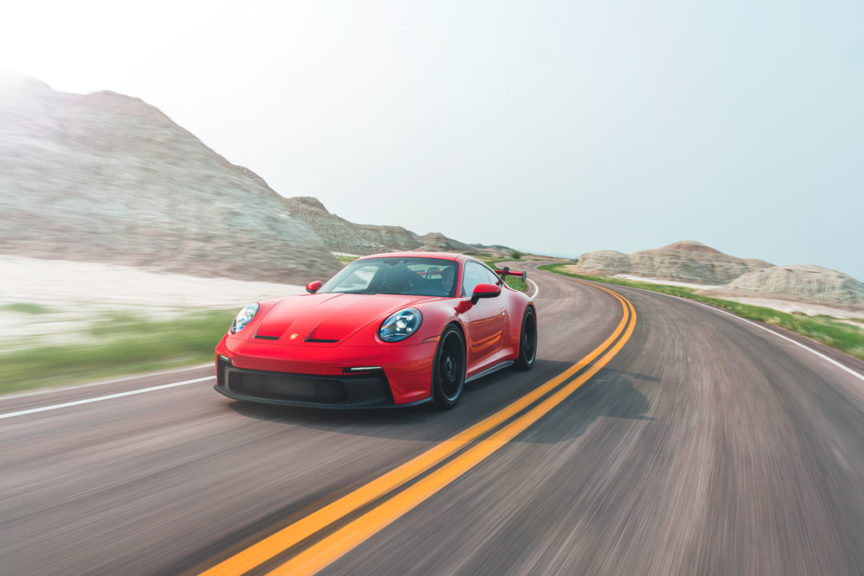
In this Car Spotlight article, we take a closer look at the Porsche 911 and the legend that it has now become. Read on to know more about the history, generations, models, and more about the Porsche 911.
Origins Of The Porsche 911
The first car made by Porsche was the 356. Produced between 1948 and 1965, the Porsche 356 was a brilliant little sports car for its time. It was nimble and agile and this was further supplemented by its light weight. However, Porsche had to develop a successor, and this successor was meant to be larger, more comfortable, and more powerful as well.
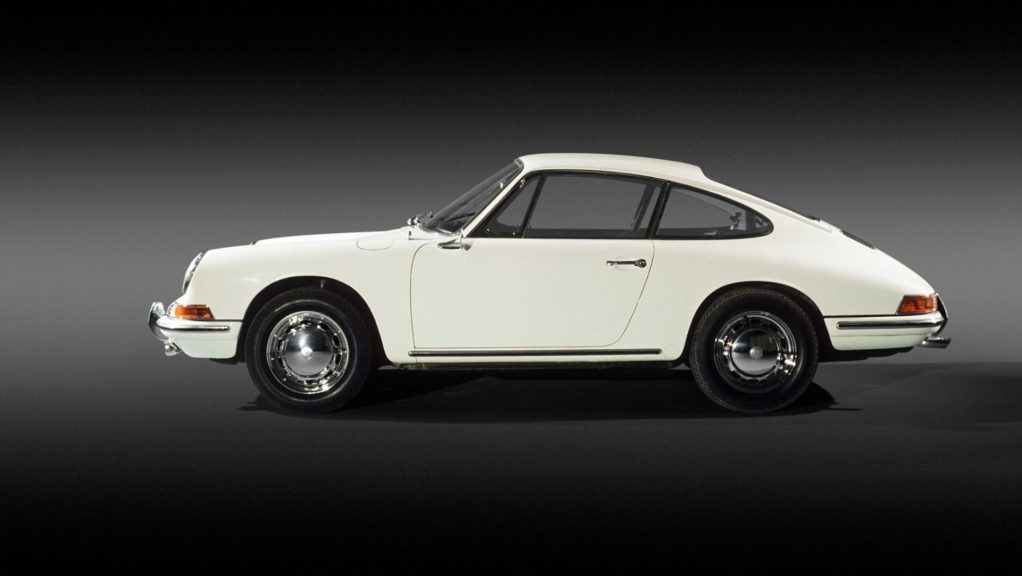
The successor was named the Porsche 901 and it debuted at the 1963 Frankfurt Motor Show. However, Peugeot claimed it owned the rights to all car names in France which included three numbers and a zero in between, like the Peugeot 405, Peugeot 301, Peugeot 404, etc. This could cause trouble for the Porsche 901 to be sold in France. Hence, the 901 was shelved and Porsche simply called it 911 across the world.
First Generation – 911 | 1963 – 1989
The first generation Porsche 911 was a big departure from its predecessor, the 356. The 911 featured a rear-engine layout, a signature design element that would become synonymous with the brand. The iconic “whale tail” rear spoiler, introduced later in the model’s life, added not only to the car’s visual appeal but also improved aerodynamics and stability at high speeds.
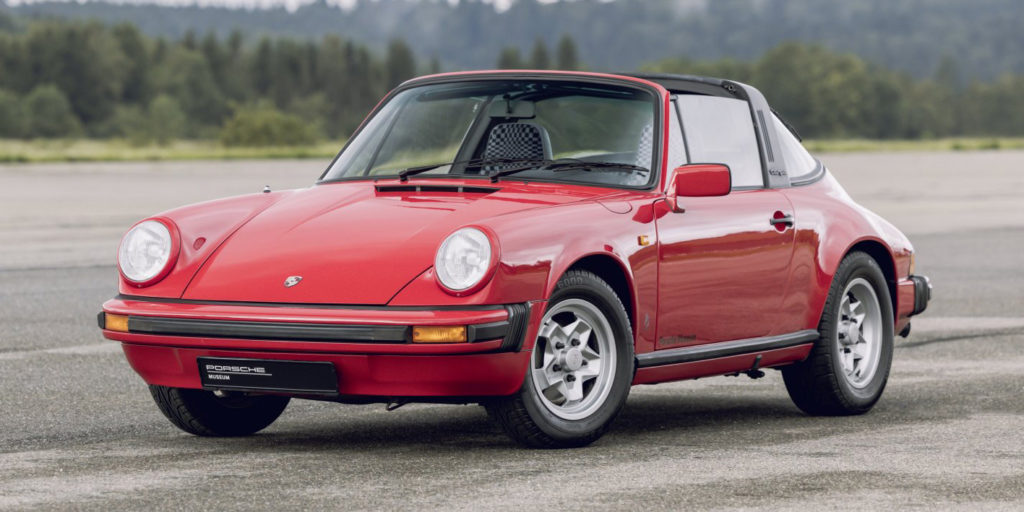
The performance of the first-generation 911 was equally impressive. The car’s lightweight construction, precise handling, and responsive steering made it a joy to drive. Over the years, various versions and updates were introduced, including the powerful 911S and the track-focused 911R.
Beyond its prowess on the road, the first-generation 911 also found success on the racetrack with numerous victories. It was powered by flat-6 engines with sizes between 2.0-litres and 3.3-litres depending on the variant or model.
Second Generation – 964 | 1989 – 1994
The second generation Porsche 911, internally codenamed 964, holds a special place in Porsche’s history, bridging the gap between tradition and innovation. Introduced in 1989, the 964 marked a significant evolution for the 911 series. Retaining the unmistakable silhouette that enthusiasts adore, the 964 showcased a smoother, more aerodynamic design compared to its predecessor.
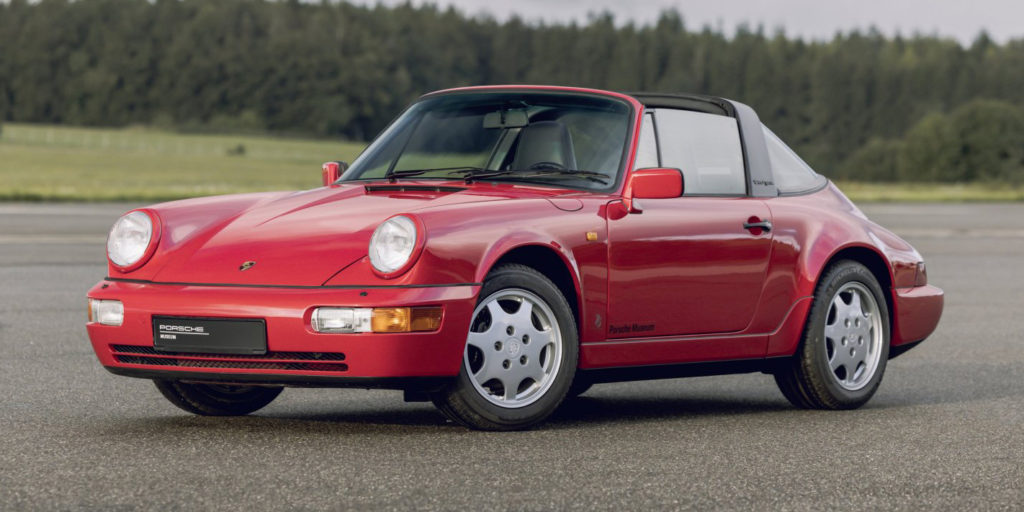
Under the bonnet, the 964 boasted a refined powertrain. The 3.6-liter flat-six engine delivered 247 horsepower, propelling the car from 0 to 100km/h in just 5.5 seconds. With a top speed of 260km/h, the 964 was a testament to Porsche’s dedication to high-performance engineering.
One of the most notable innovations of the 964 was the introduction of the all-wheel-drive Carrera 4 variant in 1989. This groundbreaking system provided enhanced traction and stability, particularly in challenging driving conditions, setting a precedent for future 911 models.
Third Generation – 993 | 1994 – 1998
The third generation of the Porsche 911, designated as the 993 is celebrated for its blend of classic design, technological innovation, and driving prowess. One of the most distinctive features of the 993 is its sleek and curvaceous body, a harmonious evolution of the classic 911 silhouette. It retained the signature round headlights but integrated them into a more aerodynamic and refined form. The widened fenders, a nod to the legendary Porsche 959, gave the 993 a more muscular and aggressive stance.
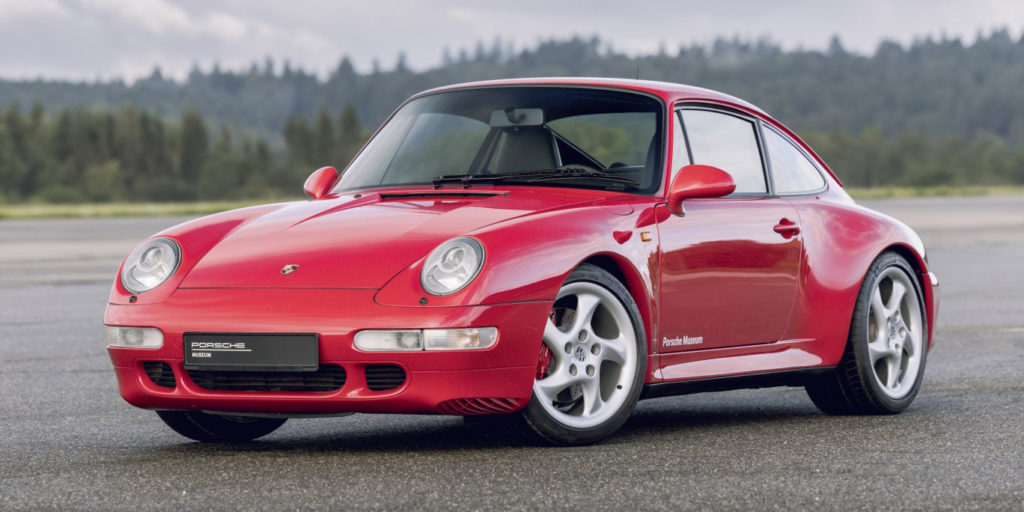
Under the bonnet at the rear, the 993 housed an air-cooled, 3.6-liter flat-six engine. This powerplant, combined with the adoption of an improved suspension system, delivered an exhilarating driving experience. The 993 is extremely important as it marked the end of an era. It last of the air-cooled 911s, making it particularly revered among enthusiasts who appreciate the raw and mechanical connection between driver and machine.
Fourth Generation – 996 | 1998 – 2004
The fourth-generation Porsche 911 model, known as the 996, represents a significant chapter in the history of this legendary vehicle. Produced from 1997 to 2004, the 996 brought with it a slew of changes and innovations to the Porsche 911 lineup, some of which were met with enthusiasm, while others sparked controversy among purists.
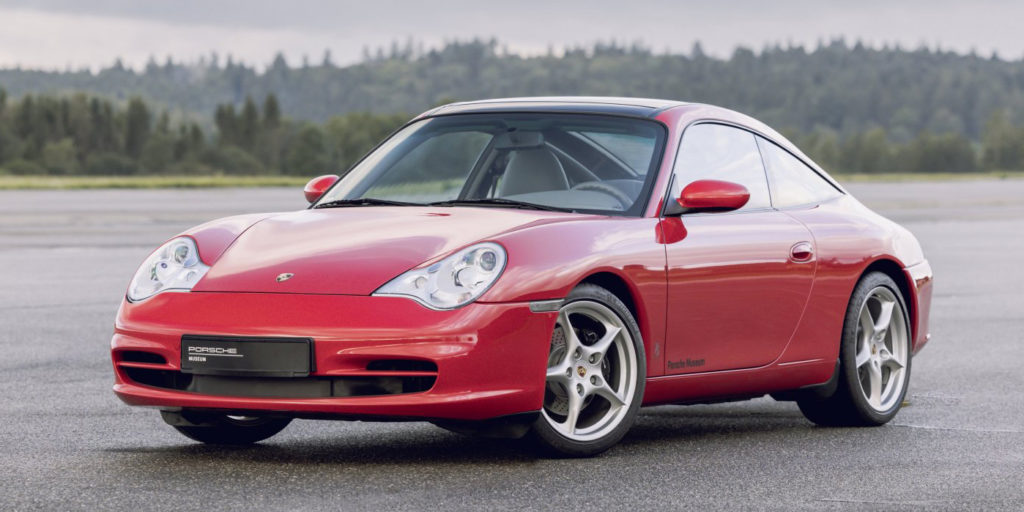
One of the most notable features of the 996 was its departure from air-cooled engines to water-cooled ones. This shift marked a departure from decades of tradition, as previous 911 models had always utilized air-cooled engines. The move to water-cooling was driven by the need to meet stricter emissions standards and improve overall engine efficiency. While this change was necessary for the evolution of the model, it stirred mixed emotions among Porsche enthusiasts who appreciated the distinctive air-cooled sound and feel.
Design-wise, the 996 introduced a more aerodynamic and streamlined body, featuring smoother lines and a more pronounced slope to the front headlights. The 996 faced criticism for its resemblance to the less expensive Boxster model. However, as time has passed, the 996 has gained a certain charm and appeal.
Fifth Generation – 997 | 2004 – 2011
From a design perspective, the 997 retained the classic 911 silhouette but featured more pronounced curves and a sleeker profile compared to its predecessor, the 996. The headlights, a distinctive feature of the 911, returned to a more traditional oval shape, paying homage to the model’s heritage while incorporating modern aesthetics. The rear end showcased wider hips, emphasizing the larger engine and enhancing its overall presence on the road.
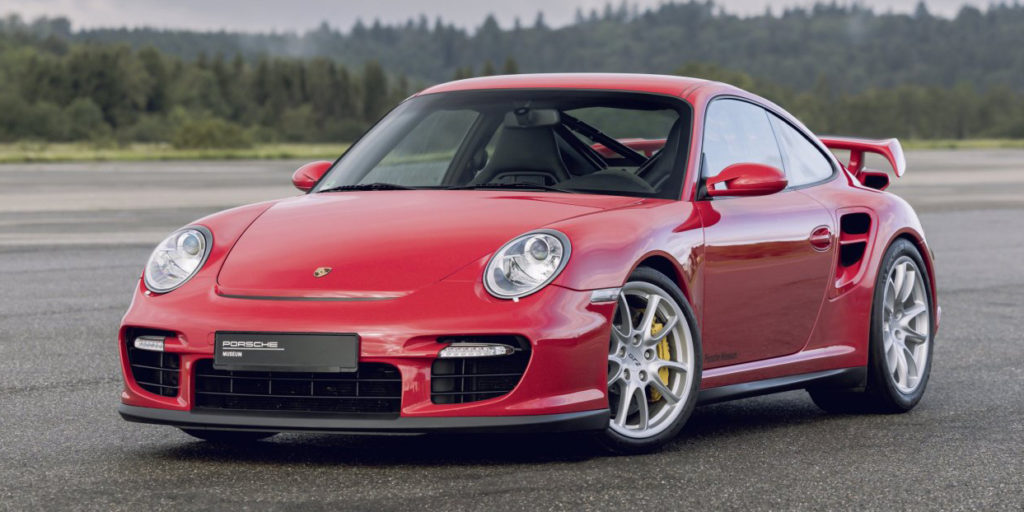
Under the bonnet, the 997 offered a range of powerful engines catering to enthusiasts with varying appetites for speed. The lineup included the base Carrera with a 3.6-liter flat-six engine producing around 325 horsepower, while the Carrera S boasted a 3.8-liter flat-six engine pushing out 355 horsepower. The 997 also introduced the innovative PDK dual-clutch transmission as an option, providing lightning-fast gear changes and contributing to the car’s dynamic driving experience.
Sixth Generation – 991 | 2011 – 2019
Launched in 2011, the 991 not only continued the 911’s legacy but also introduced several advancements that elevated its performance, design, and technology. One of the most notable changes in the 991 was its longer wheelbase, providing improved stability and a more comfortable ride without compromising the renowned agility of the 911.
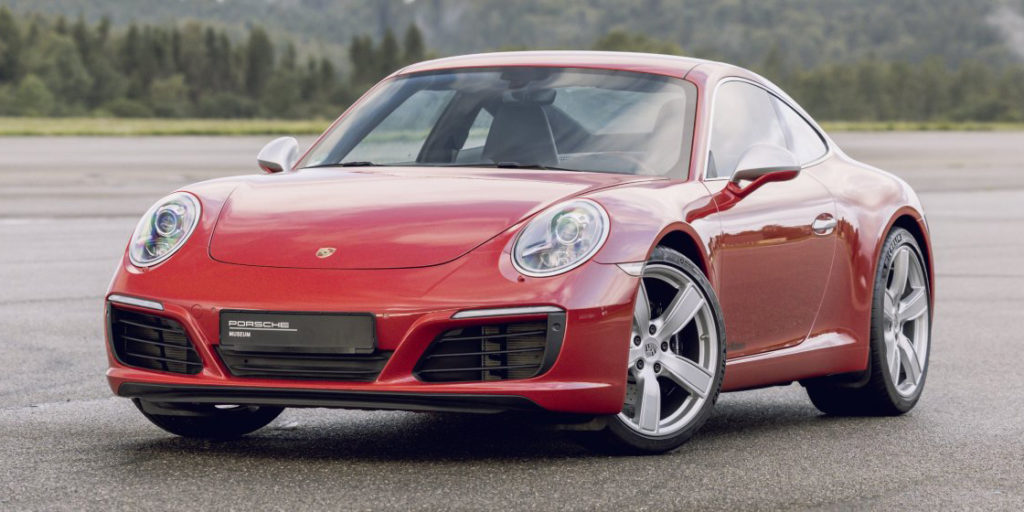
The exterior design, while maintaining the classic 911 silhouette, featured more pronounced wheel arches and a sleeker overall appearance. Under the bonnet, the 991 boasted a range of powerful engines, including flat-six units with varying degrees of performance. The Carrera models featured a 3.4-liter engine, while the Carrera S models upgraded to a 3.8-liter engine. Porsche also introduced the seven-speed manual transmission, offering enthusiasts a more engaging driving experience with precise gear changes.
Seventh Generation – 992 | 2019 – Present
The Porsche 911 has long been synonymous with automotive excellence, and the seventh generation, known as the 992, continues this legacy with a blend of cutting-edge technology, performance prowess, and timeless design. Unveiled in 2018, the 992 represents a meticulous evolution of the iconic sports car.
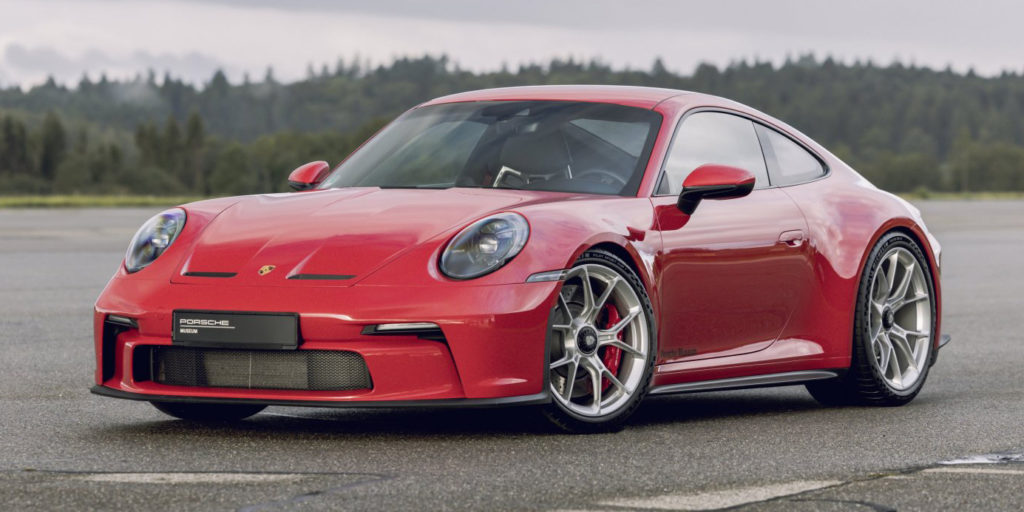
One of the most noticeable changes is the wider body, giving the 911 a more muscular and aggressive stance. The design retains the classic 911 silhouette but introduces modern elements, such as flush door handles and a wider front track, enhancing both aerodynamics and visual appeal.
The 992 hosts an array of powerful engines, including turbocharged flat-six options. The Carrera S and 4S models, for instance, boast a 3.0-liter twin-turbocharged engine, delivering an exhilarating 443 horsepower. This power is seamlessly transmitted to the road through Porsche’s sophisticated eight-speed PDK dual-clutch transmission, providing lightning-fast gear changes for an unmatched driving experience. Over the years, several special editions and models of the Porsche 911 have been launched — this Porsche 911 Dakar is a perfect example.
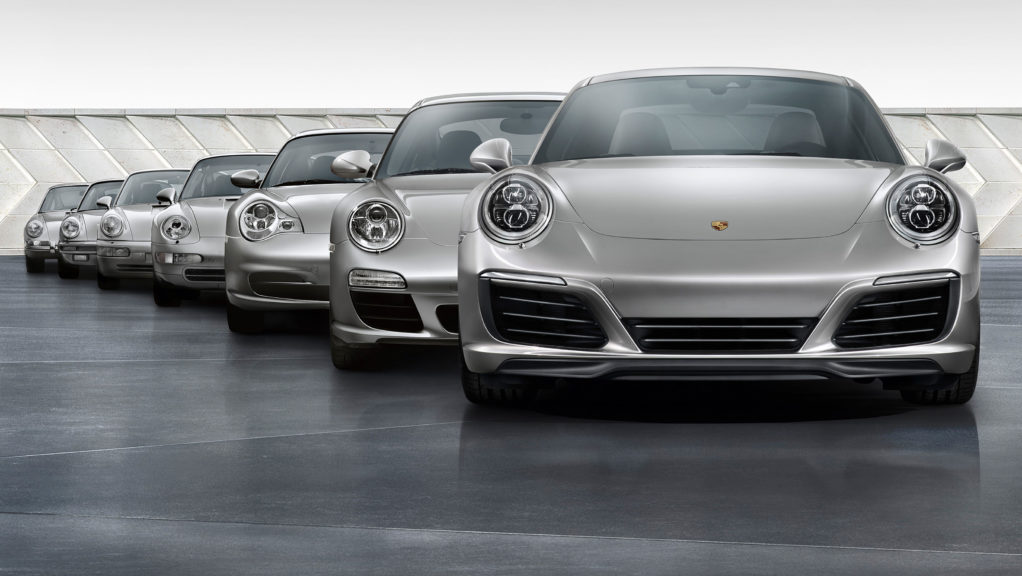
Most Popular Porsche 911 Generations In The UAE
The fifth, sixth, and seventh generations of the Porsche 911 are the most popular in the UAE and several great examples of these generations can be found for sale on DubiCars. However, the first, second, and third generations are favourites among the classic car enthusiasts. Though they are pretty rare finds, they are much-coveted by enthusiasts.
Also Read:
– All You Need To Know About Classic Car Registration
– Top 10 Movies To Watch For Car Enthusiasts
– RTA Premium Plates Online Auction Announced
The post DubiCars Car Spotlight — Porsche 911: The Most Iconic Sports Car Ever Made? appeared first on Dubi Cars - New and Used Cars.
from Dubi Cars – New and Used Cars https://ift.tt/dBcnOjC
https://ift.tt/oRiOrPF